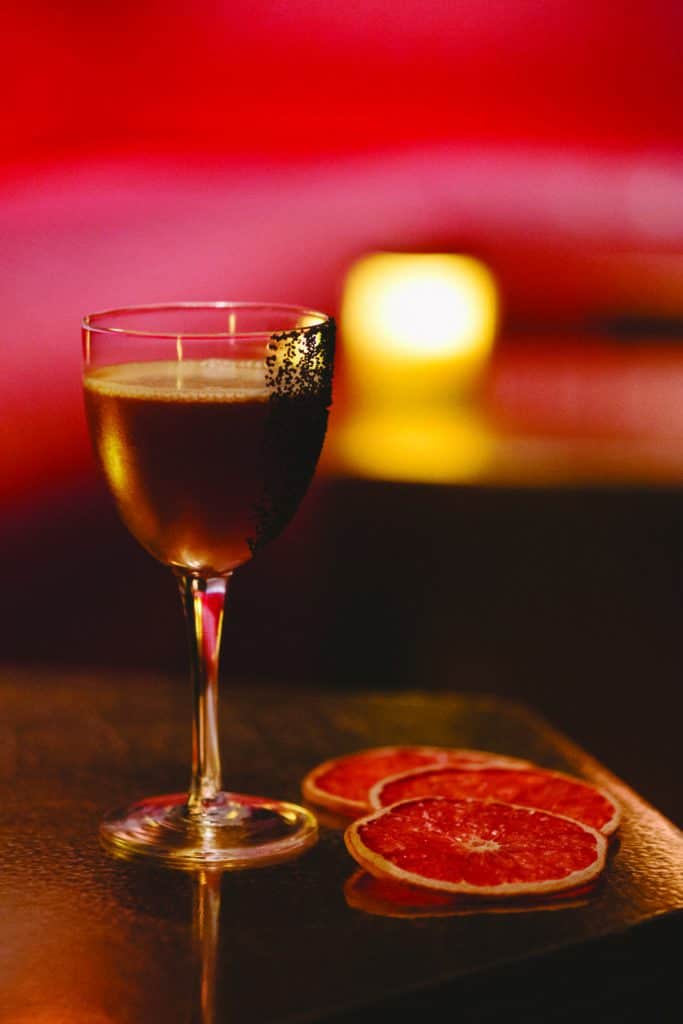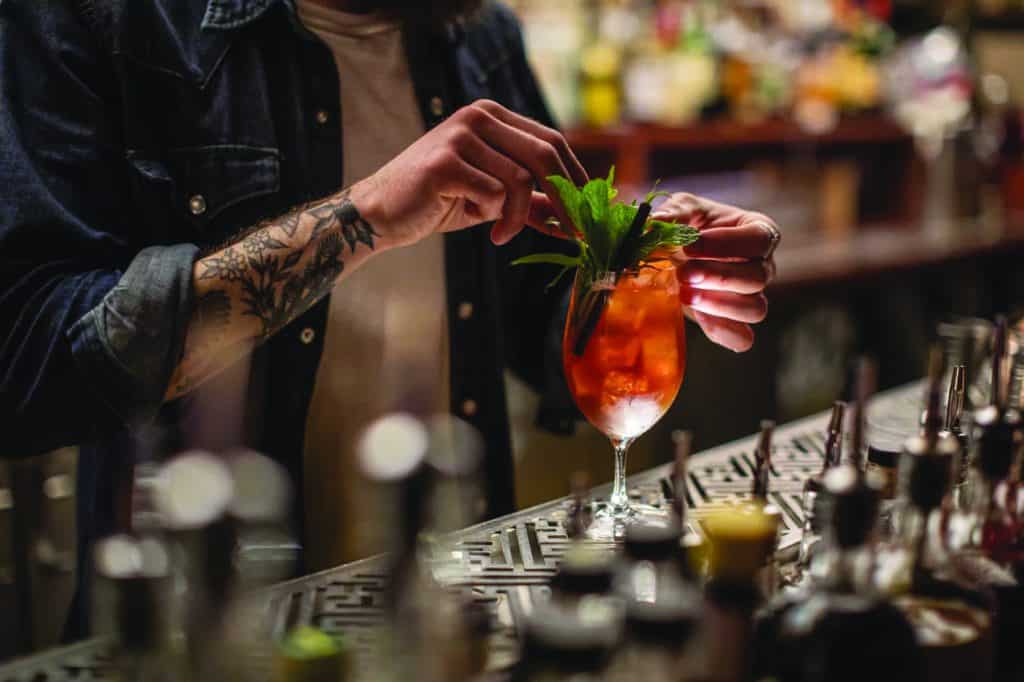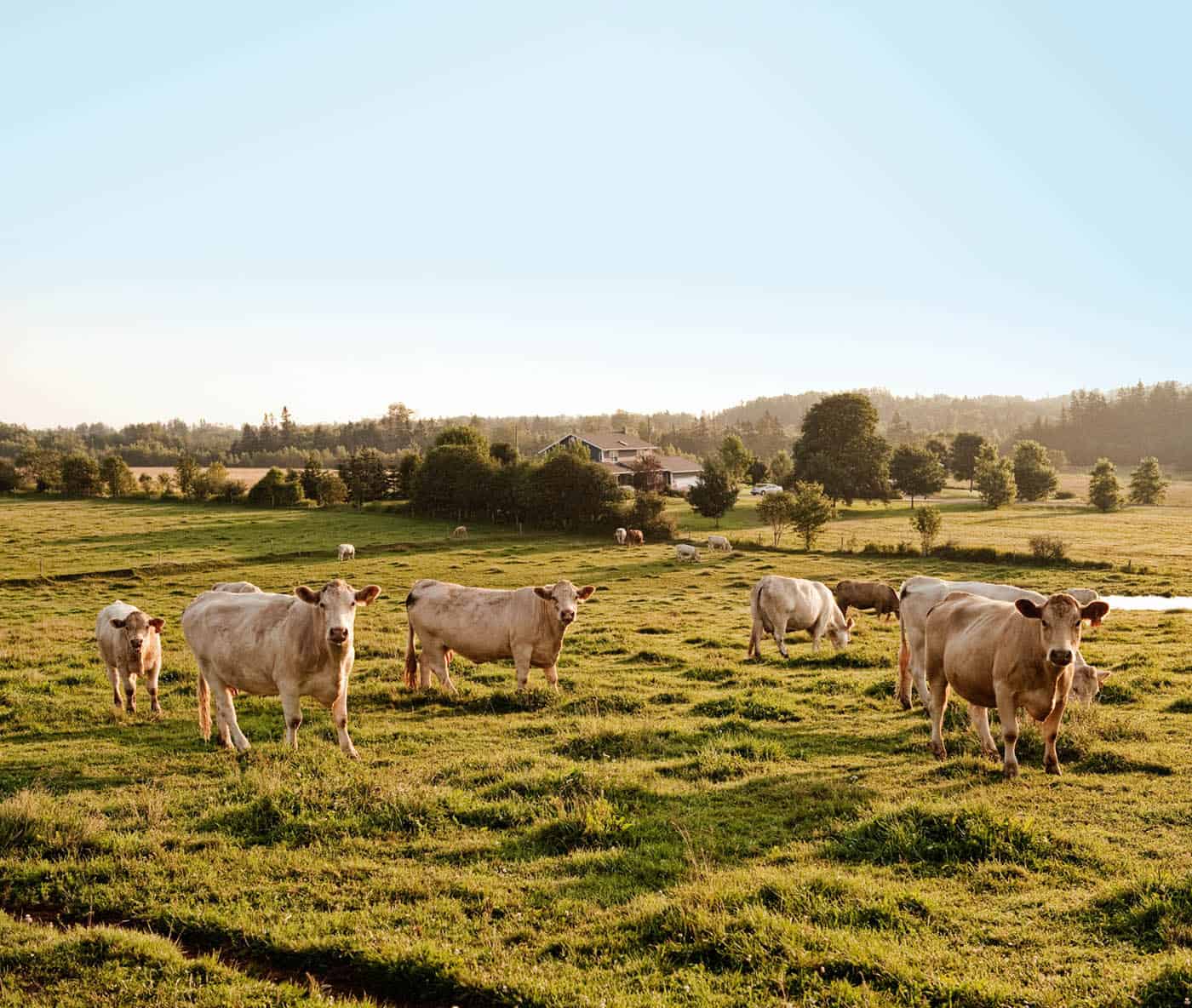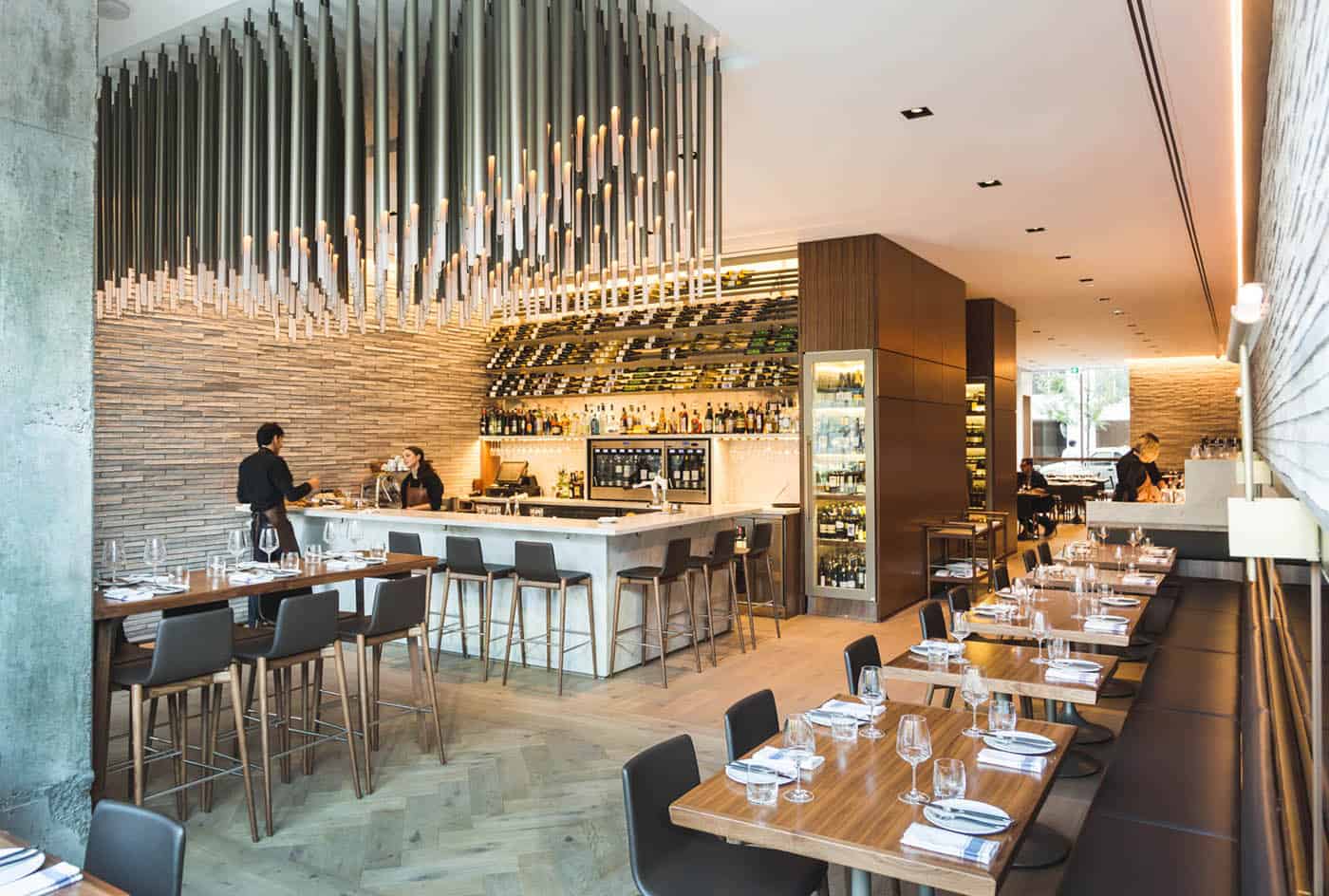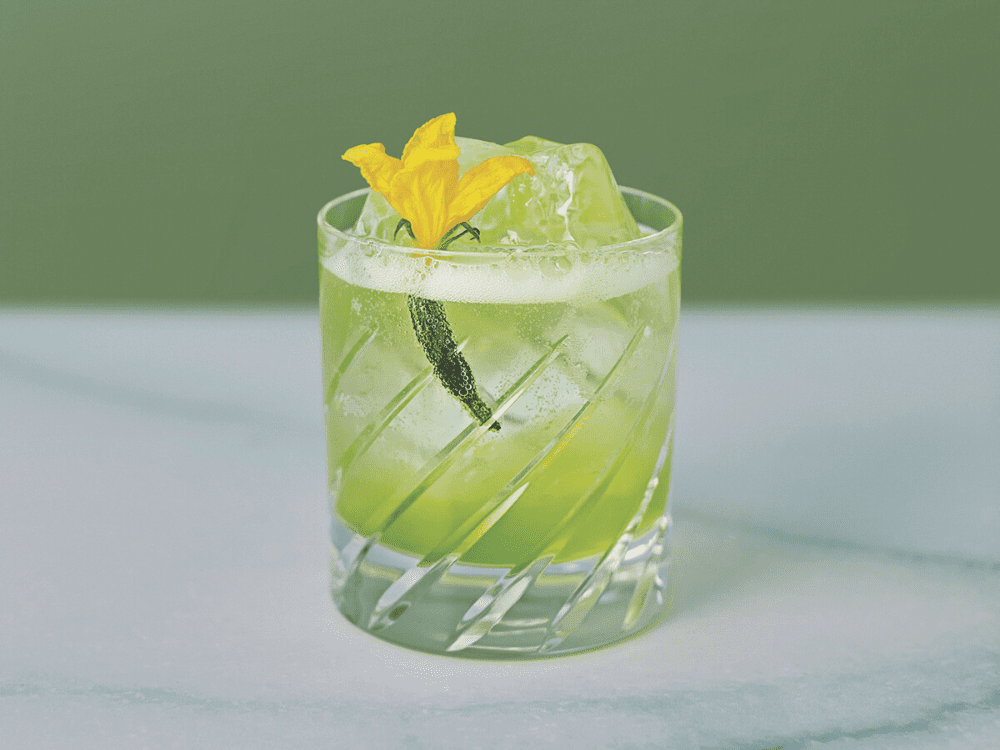
“Just because you don’t drink, or aren’t drinking, doesn’t mean you can’t drink well.”
Wise words from Atwater Cocktail Club’s Kate Boushel, a leader in the global zero-proof cocktail movement that began a couple of years ago when a handful of bartenders decided to rethink the mocktail and make it relevant to contemporary bar culture.
Since then, every decent cocktail bar has developed a “temperance list,” and dozens of liquor companies are follow- ing the lead of Seedlip, which five years ago launched the first non-alcoholic distilled “spirit.”
Canadian brands, including Lumette, Sheringham Distillery’s “alt-gin,” Sobrii and Spiritliss, will be going head to head with imports like Ceder’s Wild, Celtic Soul and Atopia, which are ostensibly making their way to Canada soon.
It’s no easy feat, though, to deliver the mouthfeel, flavour and sweet burn of a spirit-forward cocktail with non-alcoholic spirits. So we went to two of Canada’s top thought leaders in the sober-curious drinks movement, Boushel and Robin Goodfellow, of Toronto’s Bar Raval and Prettyugly Bar (sadly, now closed), for help on how to adjust standard recipes for zero-proof spirits.
Tip #1 Dial-up the bitter
“The one thing missing from a lot of zero-proof cocktails is that sting,” says Goodfellow. “So we try to make our drinks a little more bitter or astringent because if you can chug a drink, people will perceive it as just juice. The bitter slows people down and makes the drink seem more ‘legitimate.’ Goodfellow makes his own non-alcoholic bitter tinctures at Prettyugly and says they aren’t that hard to do at home, especially if you happen to be a tea geek or have mastered kombucha. Alternatively, Boushel suggests Fee Brothers alcohol-free bitters.
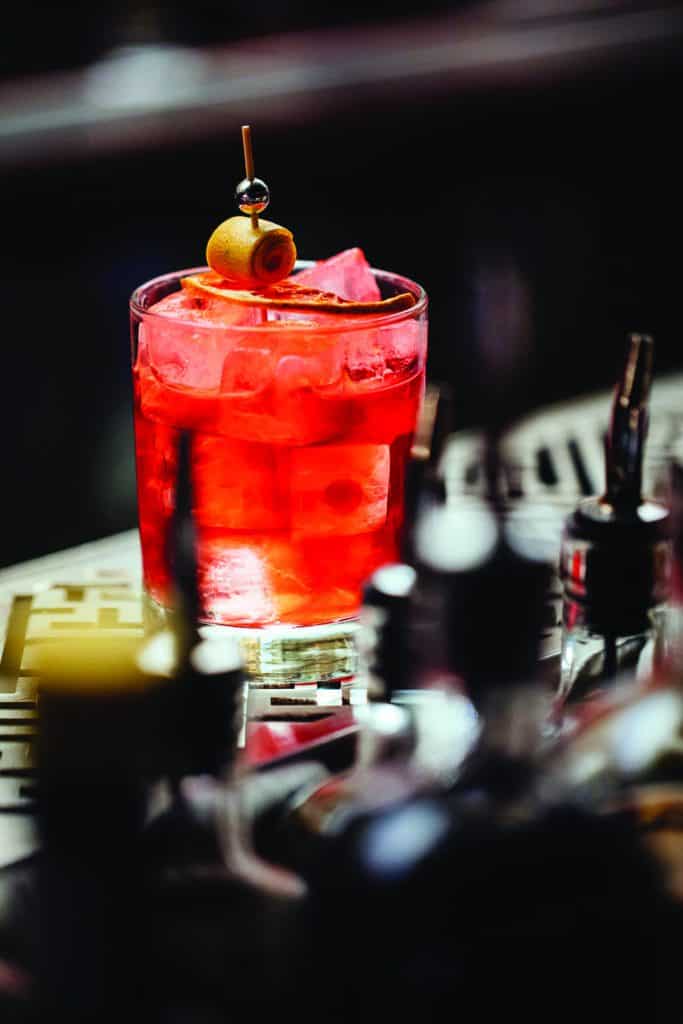
Prettyugly Bar’s Helter Seltzer with Red Nomaro, Little Bones Tonic and grapefruit oils. Photo: Rick O’Brien
Tip #2 Texture is key
“A product like Seedlip is a little thin compared with a lot of conventional spirits,” says Boushel. “So you need to build your mouthfeel in different ways, by using rich-simple or mixing it with something a little more viscous.” Rich-simple is bartender talk for simple syrup with twice the usual sugar. There are other ways to add texture to cocktails, though, including high-viscosity juices (pineapple, mango), eggs (whole or whites), or dairy/vegan dairy substitutes.
Tip #3 Ice it/cool it
“Seedlip & Tonic takes a little more effort than a [conventional] G&T, which is still going to be a pretty good drink even if you’re low on ice and out of good tonic,” says Goodfellow. “Seedlip, on the other hand, really needs a good tonic. And it needs to be properly stirred and well chilled because it has a different freezing point than alcohol. Add a lot of ice to get the flavours to really pop.”

The Grass is Greener from Seedlip: The Cocktail Book, with Seedlip Garden 108 and cucumber. Photo: Rob Lawson
Tip #4 Drop some acid
Seedlip is more acidic than many other base ingredients that bartenders regularly work with, Boushel notes. That can throw off a drink’s balance, especially anything in the sour family. So adjust recipes by cutting back the fresh lime and lemon juice until you find the sweet spot.
Tip #5 Just add booze
One way to get around the lack of bite in most non-alcoholic spirits is to mix it with a little alcohol. We’re not being funny here: Seedlip is a brilliant ingredient for transforming boozy cocktails into low-ABV drinks. Use it in place of gin in, say, a Hanky-Panky, to turn a potent “accelerator” cocktail into a friendly low-proof “suppressor” drink that’s light on its feet.


